Are you interested in fertilizing your Mustard Greens plants in pots, but don’t know what the BEST Fertilizers for Mustard Greens Plants in Pots are?
Finding the BEST Fertilizers for Mustard Greens Plants in Pots was not as easy as it seems. Some are ineffective, others are too expensive, and some are just too complicated to use
After much research and years of experience, I have created the article, 10 BEST Fertilizers for Mustard Greens Plants in Pots.
This ultimate guide will give you the best fertilizers for Mustard Greens plants in pots and even how to use them!
Best Fertilizers for Mustard Greens Plants in Pots
#1. Miracle-Gro All Purpose Plant Food

If you are looking for an all-around great option for Mustard Greens plants in pots then I recommend the Miracle-Gro All Purpose Plant Food. This is one of the Best Mustard Greens Fertilizers EVER!
This fertilizer instantly feeds providing bigger, better Mustard Greens. You can apply it every two weeks with a garden feeder. The best part is that this is not just for vegetables.
This is by far one of the best garden fertilizers out there for Mustard Greens plants in pots.
It should be noted that this is a 24-8-16 mix.
#2. Miracle-Gro Shake n Feed

This is one of the best garden fertilizers for providing continuous micronutrients to help Mustard Greens plants in pots grow strong and produce more.
It contains natural ingredients and lasts up to 3 months! In addition, it contains calcium to help make your peppers extra strong.
The best part is that it can be used for in-ground and pots! This makes it one of the Best Mustard Greens Fertilizers on the market.
This fertilizer is a 8-2-12 mix.
#3. Osmocote Flower & Vegetable Plant Food
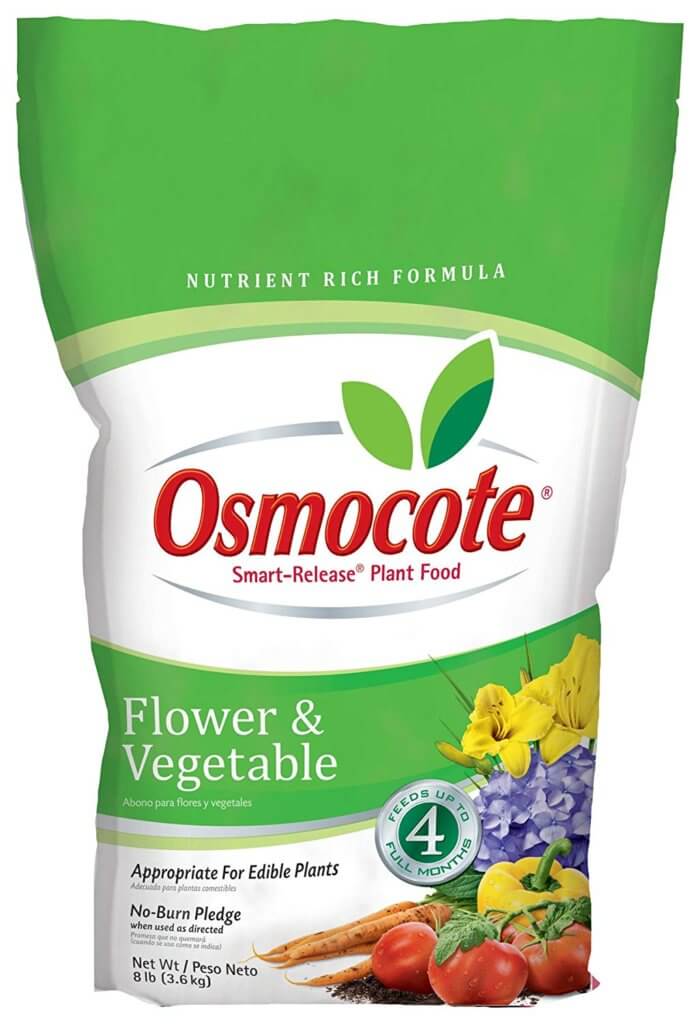
This is one of the best Mustard Greens fertilizers that promote vigorous growth and root development for peppers.
It is a must-have for anyone who wants to grow Mustard Greens, vegetables, and perennials. In addition, this fertilizer lasts up to 4 months!
It is also one of the easiest fertilizers to use!
This is a 15-9-12 soil mix.
#4. Old Farmer’s Almanac Vegetable Fertilizer
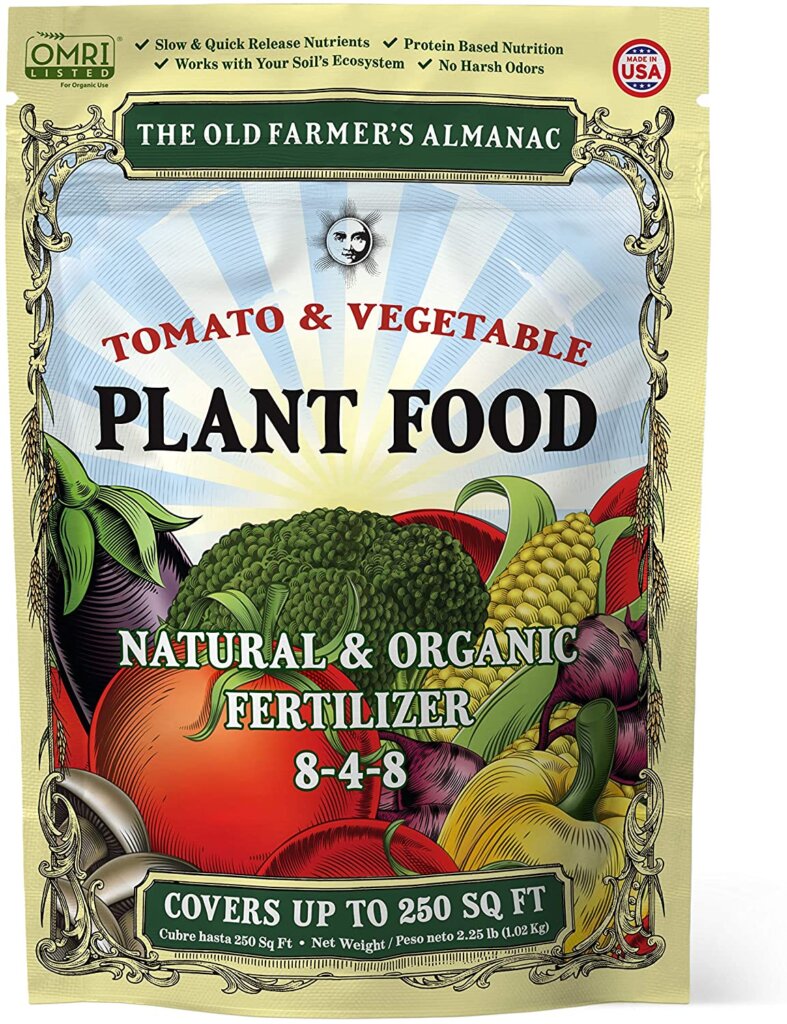
This granular fertilizer was specifically created for organic Mustard Greens plants in pots and vegetables!
It can be used for 250 square feet, lasts 8 weeks long, and comes with a resealable bag.
Best of all is that it features both quick and slow-release to help strong root, plant, and vegetable growth over time. This makes it one of the best Mustard Greens fertilizers around.
This is an 8-4-8 Fertilizer mix.
#5. Miracle-Gro Water Soluble Vegetable Food
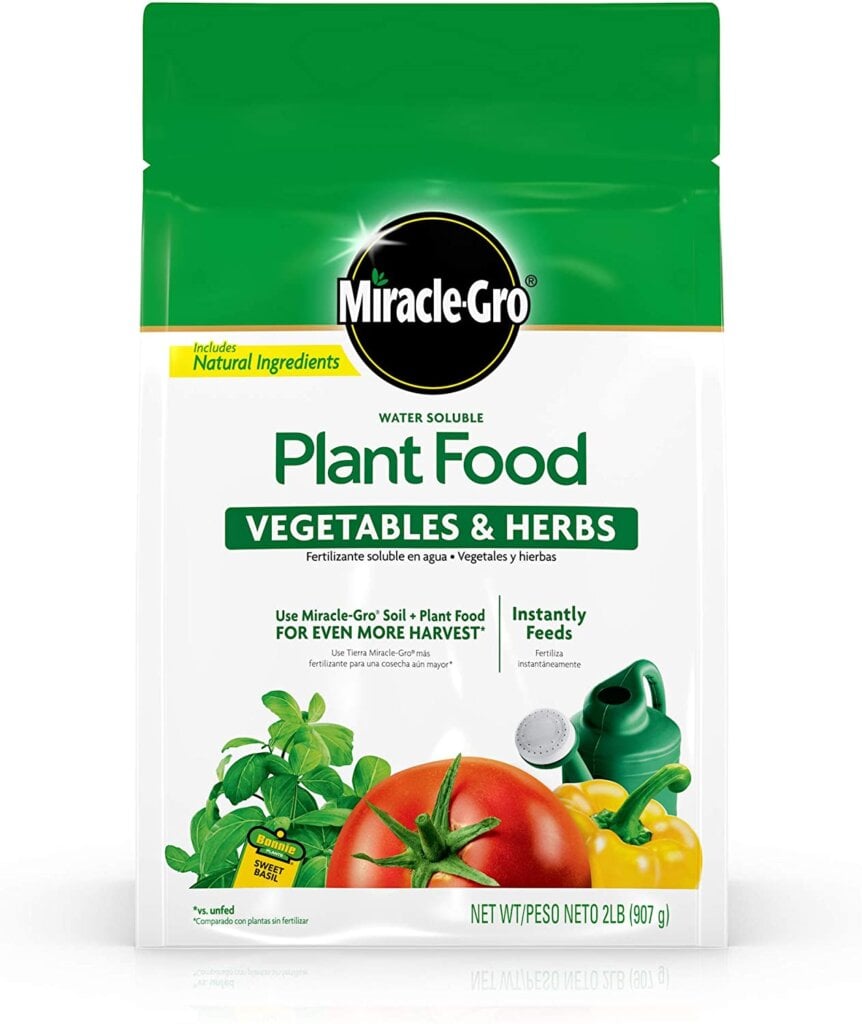
If you are looking for a water-soluble plant food made with natural ingredients that instantly promote big and beautiful Mustard Greens then look no further.
What you’ll love about this product is that Miracle-Gro guarantees a better harvest or your money back! You’ll love it so much that you will consider it one of the best Mustard Greens fertilizers.
And expect not to burn your plants when used as instructed.
This fertilizer is an 18-18-21 mix.
#6. Dr. Earth Organic Vegetable Fertilizer
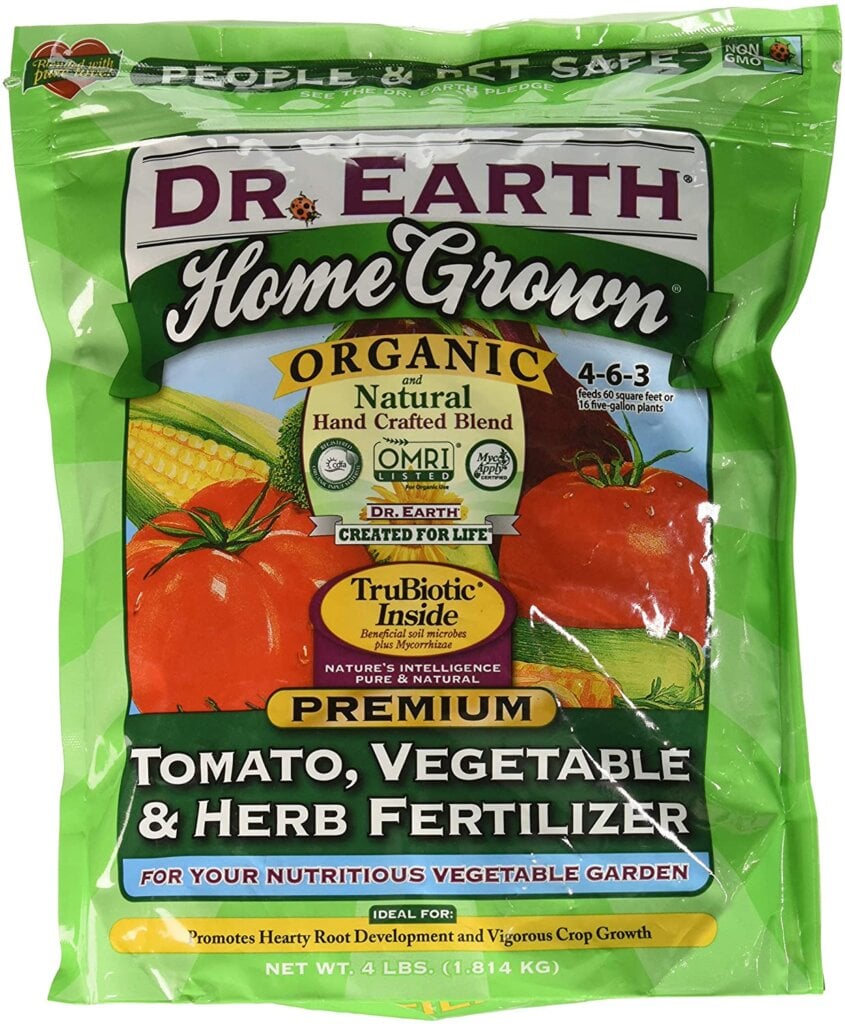
Dr. Earth’s Vegetable Fertilizer is my favorite choice for organic fertilizers and one of the best Mustard Greens plant fertilizers.
This fertilizer contains pro-biotics, seven different microbes, and NO GMOs.
Best of all is that it has the optimal level of nutrients for an abundance of tasty Mustard Greens.
This is a 4-6-3 fertilizer mix.
#7. Jobe’s Organic Vegetable Fertilizer
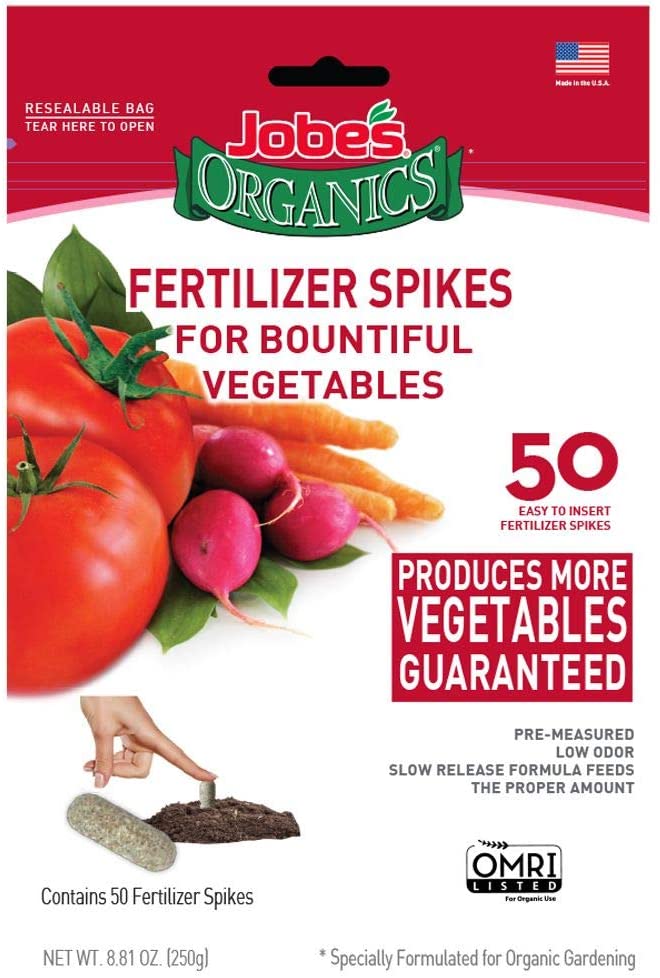
The Jobe’s Organics Vegetable Fertilizer spikes are one of the best pepper fertilizers and are perfect for Mustard Greens growers.
What you’ll love about this product is that it is a spike fertilizer meaning it has a timed release which is premeasured for the proper nutrients.
This will help not only help your plants but will replenish your soil, help resist disease, and insects, and even improve drought resistance.
This is a 2-7-4 fertilizer mix.
#8. Espoma Plant Food
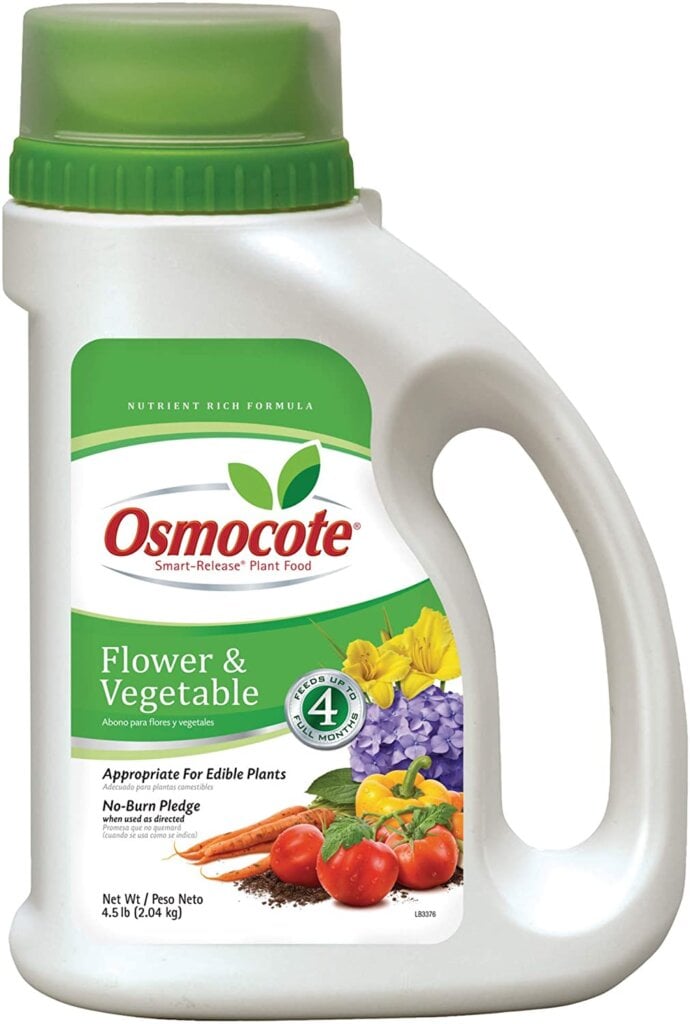
The Espoma Organic Plant Food is another natural-ingredient fertilizer with over 1000 microbes to help make your Mustard Greens the best ever.
What you’ll love about this garden fertilizer is that it is made in the USA and has all 15 nutrients that your Mustard Greens will need.
Not only that, but it is safe for you, the environment, and your family. I consider this one of the best Mustard Greens fertilizers for gardening.
This is a 3-4-4 fertilizer mix.
#9. MasterBlend Vegetable Fertilizer
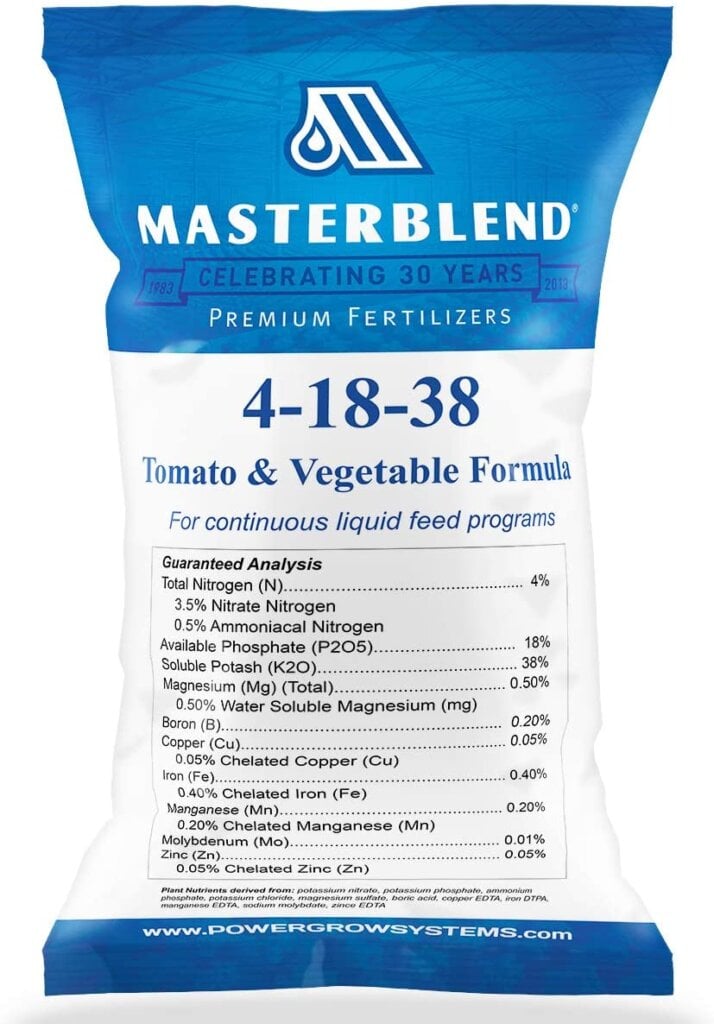
If you need a lot of fertilizer for your garden then look no further than MasterBlend Vegetable Fertilizer.
While this is a great fertilizer for your Mustard Greens plants in the ground and in pots, it is even better for use in hydroponic Mustard Greens growing.
This is a water-soluble fertilizer that has all the trace minerals needed for more and larger peppers. You’ll consider this one of the best Mustard Greens fertilizers.
This is a 4-18-38 fertilizer mix.
#10. Miracle-Gro Nature’s Care
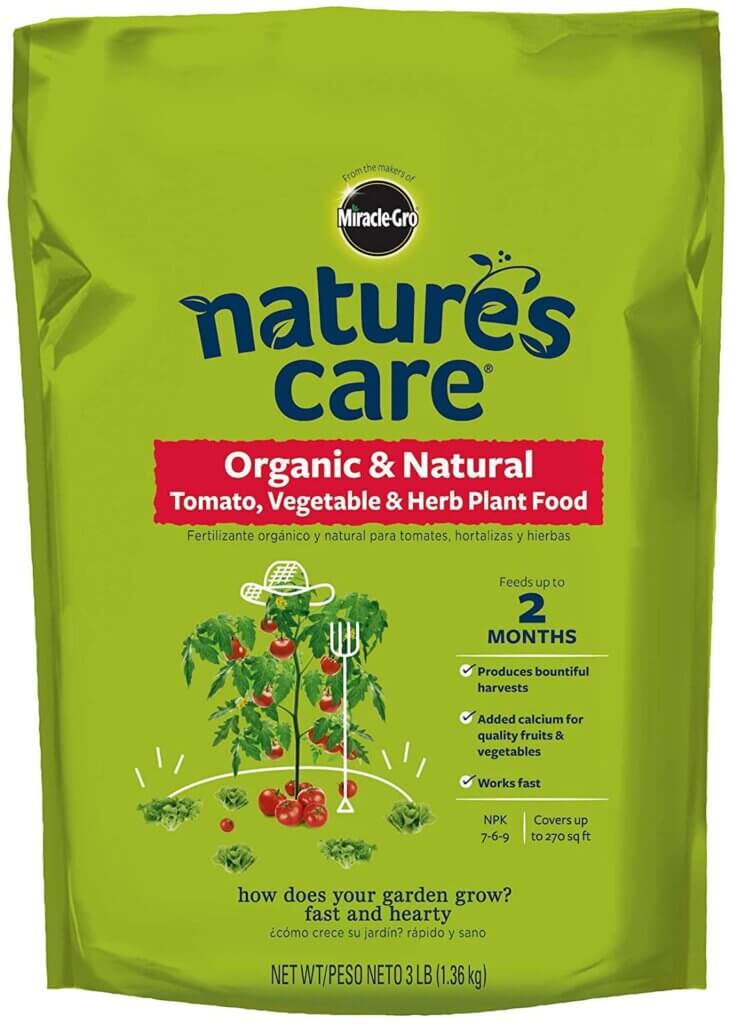
Gardeners either love or hate Miracle-Gro fertilizer, but EVERYONE loves Miracle-Gro Nature’s Choice. That’s why it is one of the best Mustard Greens fertilizers.
This fertilizer is bursting with calcium and other ingredients that plants can use for up to 2 months.
This product works fast, is organic, and has a proven track record of helping gardeners produce bountiful harvests.
This is a 7-6-9 fertilizer mix.
4 Frequently Asked Questions
#1. How Do I Apply Fertilizers for Mustard Greens Plants in Pots?
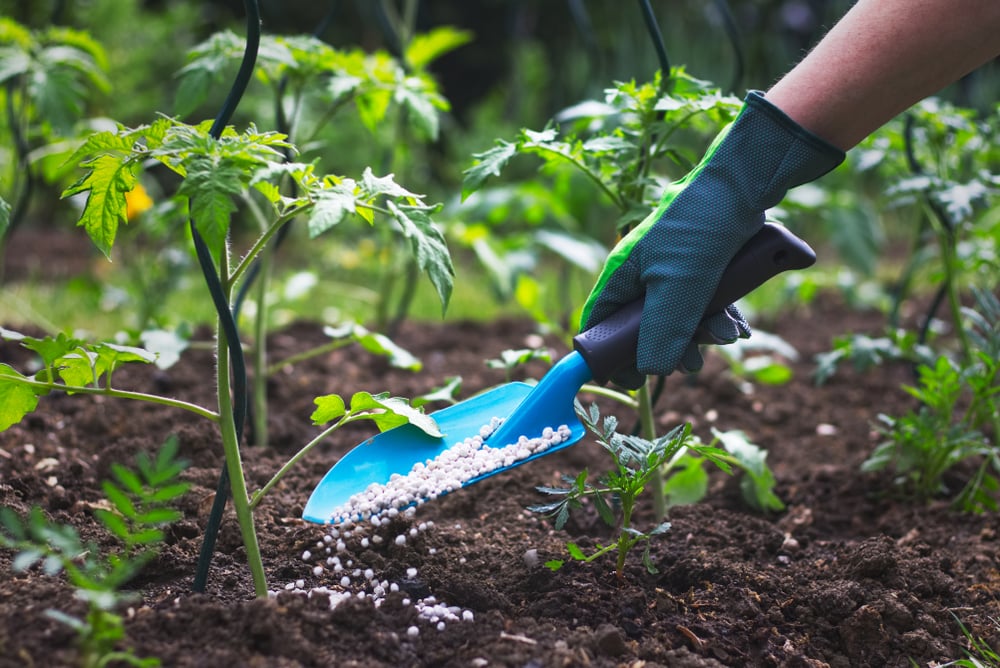
Fertilizing your Mustard Greens plants in pots is not as easy as just opening and pouring it from the bag onto your plants.
There are actually 4 techniques that can be used to help your plants grow.
1) Broadcast Before Planting
There are several very simple tasks involved in this technique.
- First, you will need to apply the fertilizer to the soil.
- Next, you will need to till the fertilizer into your soil.
- After this is completed, you will want to plant and then water.
- Typically, you would then apply fertilizer to your plants every 4 to 6 weeks after.
2) Row Application
The second technique for applying fertilizer to your garden is called row application.
- This again happens before you plant your garden. You will apply the fertilizer in a strip to the side of the row before planting.
- After you plant your garden you can integrate the fertilized soil into your plants.
3) Start Solution
- This type of fertilizer application made be the easiest. Very simple you dig your hole and apply the fertilizer.
- After you have applied your fertilizer you will want to transplant your plants into the hole.
4) Growing Plants Application
The final technique for fertilizing your garden is for growing plants.
- Very simply, apply the fertilizer just to the side of your plants and then water. It’s that simple.
*My only suggestion with fertilization is to never directly apply it on the plant or in the center of the plant. This could “burn” the plant and even kill it!*
If you prefer watching videos to learn how to apply garden fertilizer then I recommend the below tutorial:
#2. What are the Different Types of Best Mustard Greens Fertilizers?
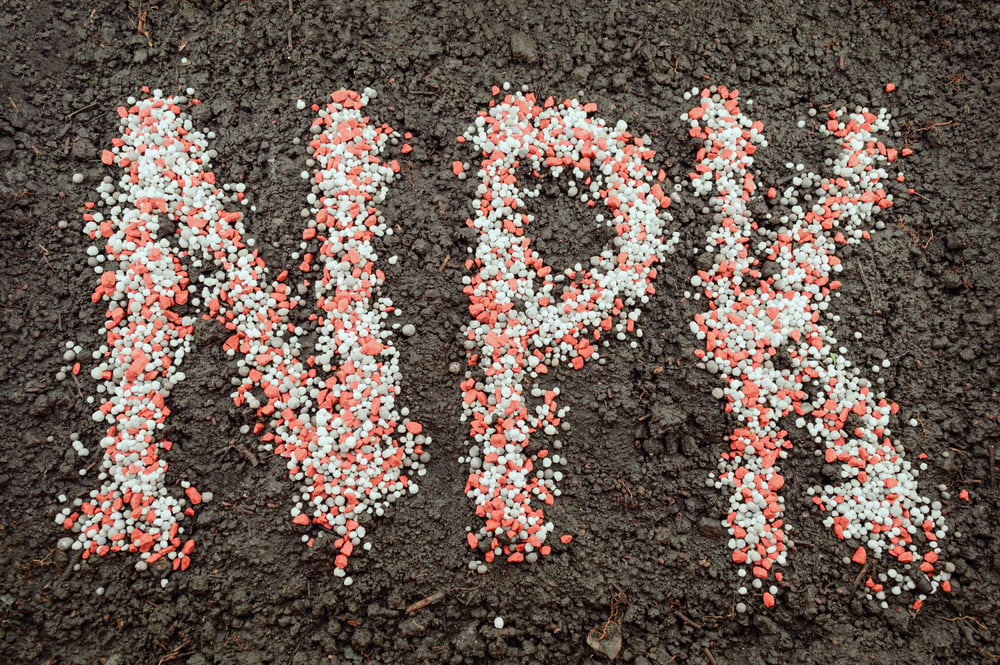
A) Granular Fertilizer
Granular fertilizer is a dry fertilizer that can be applied with a spreader.
One of the benefits of this type of fertilizer is that you can see the actual fertilizer. You can also see where you have applied it and where it needs to be applied.
This type of fertilizer can be slow-release or quick-release.
Slow-Release fertilizer releases nutrients steadily over an extended period of time. This means you only have to fertilize once or twice a year.
Quick-Release delivers nitrogen immediately.
Because of this, you will need to fertilize frequently. Make sure you read the instructions for the fertilizer to have a better understanding of how to do this.
B) Liquid
Another type of fertilizer for your garden is liquid fertilizer.
Liquid fertilizer needs to be diluted before it can be applied. It can be applied using a canister, hose, or watering can.
It is easy to apply and is quickly absorbed.
One of the disadvantages of this type of fertilizer is that it can wash away from the rain.
So make sure to apply this when no rain is in the forecast.
C) Spikes
The final type of fertilizer that can be applied to your garden is spikes.
Spikes are fertilizers in the shape of sticks. This is a slow-release fertilizer meaning it will be released over time.
It is applied directly to the ground and is incredibly easy to use.
This is perfect for beginning gardeners.
#3. What Should I Consider When Buying the Best Mustard Greens Fertilizer?
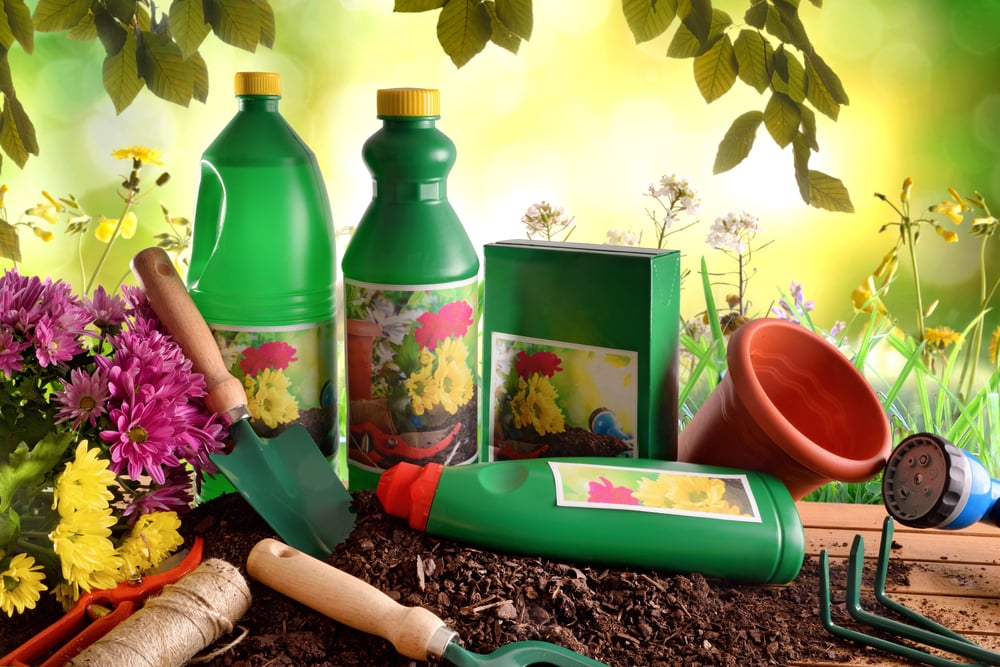
Below, are 5 Tips I recommend before purchasing fertilizer:
Tip 1 – Get your soil tested!
Before you purchase the BEST Mustard Greens Fertilizer you must first understand what nutrients your Mustard Greens currently lack.
For this, you will want to conduct two tests.
You will first need to conduct a soil test. For this, I recommend purchasing a home soil test, such as the Luster Lear Rapitest.
Next, I recommend continuously testing your soil. For this, I recommend a pH Meter, such as the Sonkir Soil pH Meter.
Tip 2 – Fertilize with the right nutrients!
When analyzing your soil test there are numerous nutrients your peppers may need.
Below, is a list of the nutrients plants need for strong growth.
- Carbon – This is found in the air and is essential for plant growth
- Hydrogen – This is found in water and again is needed for plants to grow strong
- Oxygen – This is found in water and air. This is a key component that all other nutrients will use to help plants grow.
- Nitrogen – This is the most lacking nutrient in garden soil. This is the one nutrient that can help plants grow the fastest
- Phosphorous– This nutrient helps stimulate root growth
- Potassium – This nutrient helps plants become more disease and drought-resistant
- Magnesium – This helps plants better process sunlight
- Sulfur – This nutrient provides plants with protein. This is the building block of life
- Other nutrients that are needed for plant growth are boron, copper, iron, zinc, chlorine, and manganese.
Related Article: Ultimate Composting Guide: What to Compost
Tip 3 – Buy the right type of fertilizer
Having an understanding of what nutrients are and how they can help your plants is important. But once you identify a deficiency it is important to decide what NPK mix you need.
NPK mix includes three nutrients: Nitrogen, Phosphorous, and Potassium.
- Typically, a fertilizer will have three digits, such as 1-1-1.
- The first digit represents nitrogen.
- The second digit represents phosphorous.
- The third digit represents potassium.
Please, see the list below to identify what typical fertilizer mix is right for you:
- 1-1-1 All-purpose fertilizer
- 1-2-1 Promotes root system strength
- 1-2-2 Promotes fruit growth and flowering
- 3-1-1 Promotes leafy growth
Tip 4 – Decide on Organic or Synthetic
My next tip for deciding on the Best Gardening Fertilizer is simple:
Buy either organic or synthetic fertilizer.
Synthetic fertilizer releases nutrients quickly and should be applied in the spring.
- This type of fertilizer comes in liquid, granular, or spikes.
Organic fertilizer releases nutrients slowly and should be applied in the fall. It typically is not concentrated meaning that the odds of killing plants are much less.
Below, are my three favorite organic fertilizers.
Jobe’s Organic All Purpose Fertilizer
Tip 5 – Learn the best time to fertilize!
While a soil test is a great way to determine what nutrients are lacking, there are other things to beware of.
- You can tell if there is a fertilizer deficiency if your plants have yellow or small leaves.
- In addition, there is a deficiency if there is poor flowering or no fruit growth.
- Finally, there is a deficiency if the plant is small.
- You can tell if there is too much fertilizer if you have all yellow leaves. In addition, there is too much fertilizer if there is poor-quality fruit.